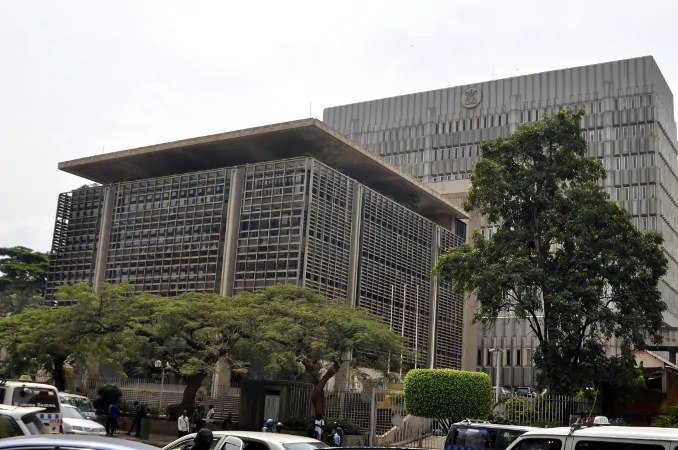
Inflation fell to 5.1% year-on-year in July from 5.9% in June according to data from the Uganda Bureau of Statistics, setting the stage for a third consecutive rate cut when Bank of Uganda’s monetary policy committee meets in August.
The fall was attributed to a decline in annual core inflation to 5.7% in July compared to 6.8% in June. It’s the second consecutive fall in core inflation, which is targeted by the central bank, giving room to the committee to further cut the policy rate, currently at 15%.
The current economic situation sets a challenging backdrop for the committee, rendering a stimulus – however slight – likely. The economy expanded at a slower pace in the first three months of this year compared to the last three months of 2015, according to recent data from the Uganda Bureau of Statistics. Revenue collections for the 2015/2016 financial year were also below target.
Struggling businesses have dominated the news cycle in the past one month, weighed down by loans they cannot pay off, in part because of high lending rates. And despite cutting the rate in June with the hope that banks would follow suit and reduce their rates, this has not been the case. Only Stanbic Bank and NC Bank have cut their lending rates since June.
Bank of Uganda eased the central bank rate in April this year to 16% from 17% set in October 2015 and maintained through to this February. At the time, it was concerned about slow economic growth, a concern that is unlikely to have gone away. In June, it said the aim was to stimulate economic activity as easing monetary policy would lead to a reduction in commercial lending rates.
The shilling has also held steady against the dollar, gaining 0.9% in July, which could nudge the monetary policy committee. It depreciated 0.30% between June and July.
The other contributing factor to the fall in annual headline inflation was Annual Energy, Fuel and Utilities (EFU) Inflation, which decreased to 2.1% in the year ending July 2016, compared to 6.6% a month earlier. However, food prices rose to 3.5% year-on-year compared to -1.3% in June.
Monthly headline inflation rose 0.2%, the same rate as the previous month. Monthly core inflation and monthly food crops and related items also rose 0.1% and 1.6% respectively, while monthly energy, fuel, and utilities declined by -0.8%.






